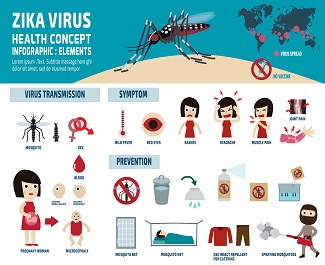Newborn reflexes are automatic, involuntary movements that appear at birth and are a vital part of a baby’s early development. These primitive reflexes are signs of a healthy nervous system and help pediatricians assess normal brain and motor function. As a parent, knowing what these reflexes are and what they indicate can provide reassurance and deepen your understanding of your baby’s growth.
What Are Newborn Reflexes?
Reflexes are natural responses to stimuli and are present in all healthy newborns. These movements are not learned; they occur automatically in response to certain actions or environments. Most of these reflexes gradually disappear within the first year of life as the baby's brain matures and voluntary movements take over.
Why Are Reflexes Important?
Newborn reflexes are essential for survival, early motor development, and assessment of neurological health. Doctors use reflex testing during regular check-ups to evaluate the development and function of the baby’s central nervous system.
Common Newborn Reflexes and What They Mean
1. Moro Reflex (Startle Reflex)
When it appears: Birth to about 4–6 months
What happens: If your baby is startled by a loud noise, sudden movement, or a sensation of falling, they will throw their arms out, open their hands, then pull their arms back toward their body—often followed by crying.
What it means: A sign of healthy motor and neurological development. An absent or asymmetric Moro reflex may require medical evaluation.
2. Rooting Reflex
When it appears: Birth to about 4 months
What happens: When you gently stroke your baby's cheek, they will turn their head toward the touch and open their mouth.
What it means: This reflex helps your baby find the breast or bottle to feed. It fades as your baby learns to control head and mouth movements.
3. Sucking Reflex
When it appears: Begins in the womb (around 32–36 weeks of gestation) and continues after birth
What happens: When the roof of your baby's mouth is touched, they will instinctively begin to suck.
What it means: Vital for feeding. Premature babies may have weaker sucking reflexes initially and may require support in feeding.
4. Palmar Grasp Reflex
When it appears: Birth to about 5–6 months
What happens: When you place your finger in your baby’s palm, they will grasp it tightly.
What it means: Demonstrates developing motor control. While it may seem like your baby is holding your hand, this reflex will give way to intentional grasping in a few months.
5. Plantar Grasp Reflex
When it appears: Birth to around 9–12 months
What happens: When you press your finger against the sole of your baby’s foot, their toes will curl down around it.
What it means: Another indicator of neurological function. It disappears as your baby prepares for standing and walking.
6. Babinski Reflex
When it appears: Birth to about 12–24 months
What happens: When the sole of the foot is stroked from heel to toe, the big toe bends back and the other toes fan out.
What it means: Normal in infants, but in older children or adults, this response may indicate neurological problems.
7. Stepping Reflex (Walking Reflex)
When it appears: Birth to about 2 months
What happens: If you hold your baby upright with their feet touching a flat surface, they will make stepping motions as if trying to walk.
What it means: Prepares leg muscles for future walking. This reflex fades before returning as intentional walking later.
8. Tonic Neck Reflex (Fencing Reflex)
When it appears: Birth to about 5–7 months
What happens: When your baby’s head turns to one side, the arm on that side stretches out while the opposite arm bends at the elbow, forming a "fencing" position.
What it means: This helps with hand-eye coordination development. Its disappearance is necessary for your baby to start rolling over.
When to Be Concerned
While reflexes vary slightly from baby to baby, consult your pediatrician if you notice:
- Reflexes that are absent on one side only
- No reaction to stimuli like sound or touch
- Reflexes that persist beyond the normal age range
- Sudden loss of reflexes your baby previously displayed
Supporting Reflex Development
You don’t need to "teach" your baby reflexes—they're innate. However, there are ways you can support your baby’s development:
- Provide tummy time: This helps strengthen neck and back muscles and supports motor development.
- Talk and respond: Engage with your baby through voice and touch, helping build neural connections.
- Limit overstimulation: Too much light, noise, or movement can stress your baby and interfere with natural reflex responses.
Conclusion
Newborn reflexes are fascinating signs of early development and neurological health. While many of these movements are temporary, they provide valuable insight into your baby's physical and brain development. By observing these reflexes and understanding their purpose, you’ll become more confident in caring for your little one through each new stage of growth.



